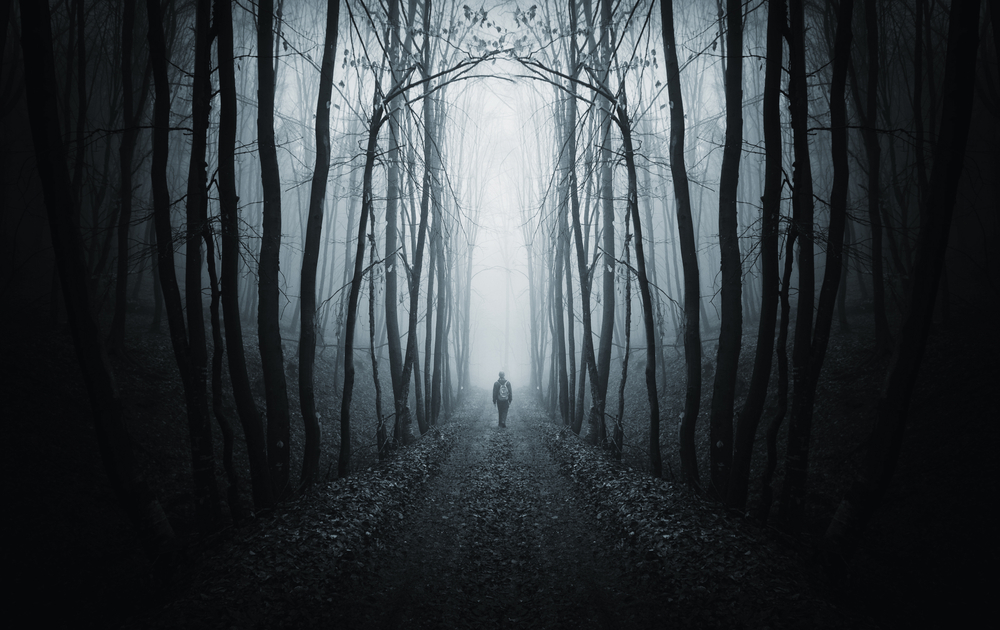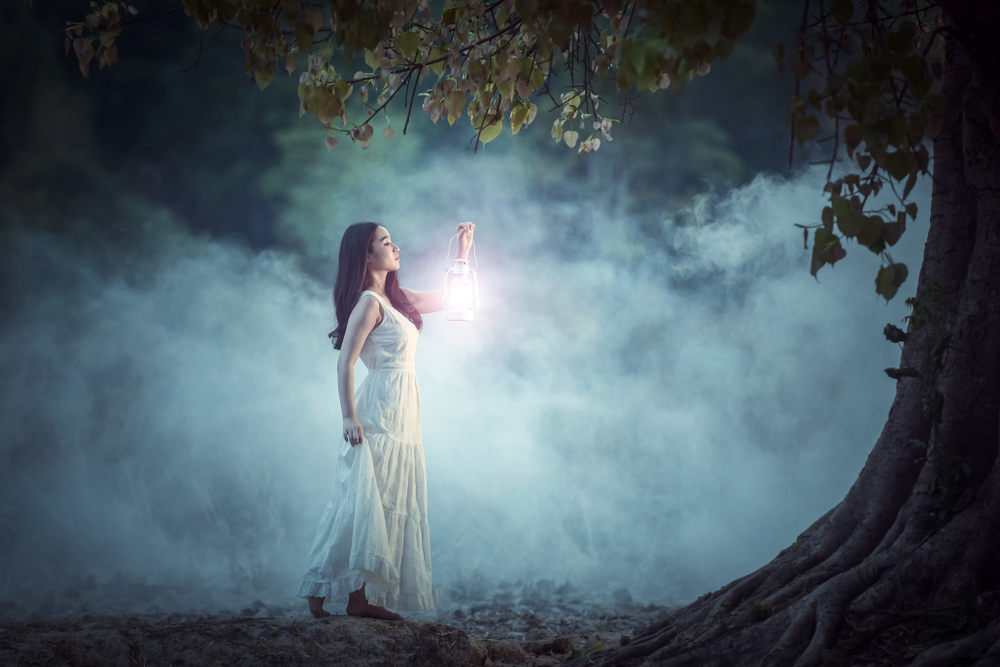Why is Setting Important?
You feel a rare bout of confidence about a scene you wrote. There’s character development, a big reveal, emotional scene work, and you’re consistently showing not telling. You send it to a friend or family member to check out, excitedly pinned to your phone waiting to hear about how much they love it. They don’t call or text for longer than you anticipate, you start to worry. Finally, the phone rings and it’s not what you expect. They liked it, but they felt ‘weirdly disconnected’ from what was happening. They couldn’t see the room, they couldn’t see your character’s expressions, and they couldn’t see the surrounding people or objects. This is because you made a very common writing mistake: you forgot about your setting.

1) Mood
The ‘mood’ of the scene is what you want your reader to feel throughout the exchange. Picture a scene where two characters are having dinner out at a nice restaurant. When you think of this scene initially you think it’s romantic, right? Well, what if they’re on the run and one of the characters has a gun held to the other beneath the table? What if they’re dating, but one character is about to break up with the other one? What if one character is the other’s estranged father and they’re meeting for the first time? Each of these scenarios involves completely different moods and should evoke various feelings from the reader.
2) Atmosphere
The ‘atmosphere’ is the specific detail of a setting that allows the correct mood to be felt by the reader. So, for example, let’s say the dinner we mentioned earlier was romantic. You would then mention how the candlelight casts perfect shadows on the partner’s face, perhaps an old couple next to them gazes at each other lovingly, the intoxicating mix between the smell of fresh bread and the rose on the table. All of these sensory descriptors tell the reader that this scene will be romantic. Whereas if the characters were about to break up, you could describe how the partner is fidgeting in his seat, how an overly sweet smell is making the protagonist slightly nauseous, how there’s an old man sitting alone with a severe expression one table over. This alerts the reader of the more somber mood that this scene will take on.

3) Setting
The setting of the scene involves the combination of the mood, atmosphere, and more specific information. What restaurant is this? In which time period is the story taking place? Where geographically is the story taking place? This sort of additional information should be sprinkled into the scene, especially if it hasn’t already been established in your story at large. However, be cautious not to go too deeply into these details and lose the pacing of your scene. Space out these details between bits of dialogue and more immediate scene work.
4) Point of View
Part of what dictates the setting of the story is the point of view from which the story is told. Your novel may be told just from your protagonist’s perspective or you could have multiple characters in which the story focuses on. You could also vary the psychic distance in your story or have a distant or close third person vs. a first-person perspective. Regardless of the POV you choose in your story, the atmosphere of the story should be influenced by your protagonist, or whoever’s POV is the focus of the scene. This could mean it is influenced by either their mood, their observations, or what will be happening to them during the scene. So, for example, if your character has just experienced something tragic in their life all of the things they observe, taste, smell, or feel will have a melancholic feeling to them.

5) Genre
Another aspect that can influence the setting of a scene is the genre in which the scene takes place. A midnight stroll in the woods is going to feel very different in a romance novel vs. a horror novel. In the romance novel, there would be a full moon illuminating the wooded area, an owl hooting, and a cute frog leaping across the path, and fireflies would be dancing all around. In a horror novel, your protagonist can scarcely see a thing, they’d hear a distant howl, they’d smell something that they can’t place but it gave them a metallic taste in their mouth. And in a fantasy book, there would be an array of fantastical creatures and a mystical fog coating the forest floor. Think about the genre you’re working with when you’re deciding on the mood for your setting. Then use adjectives that evoke those emotive responses from your readers.
